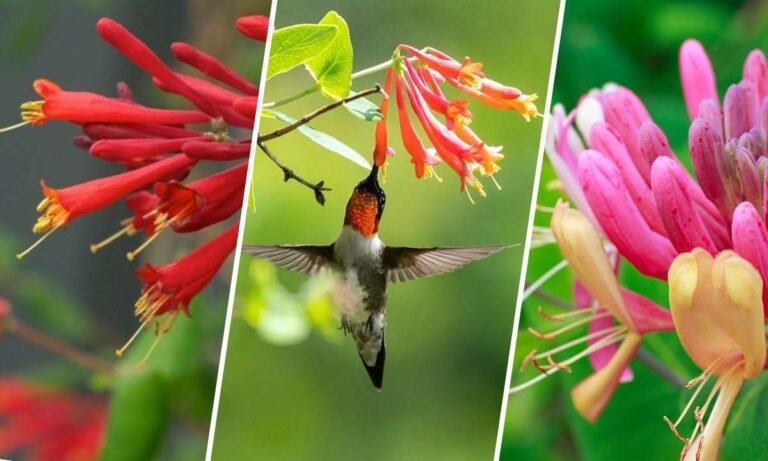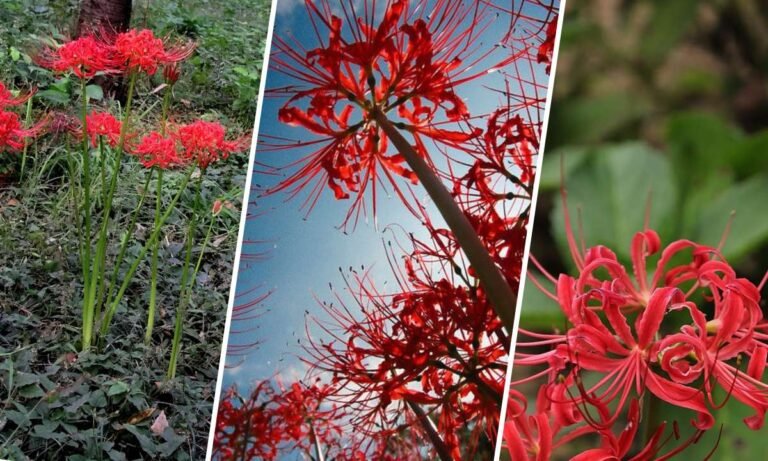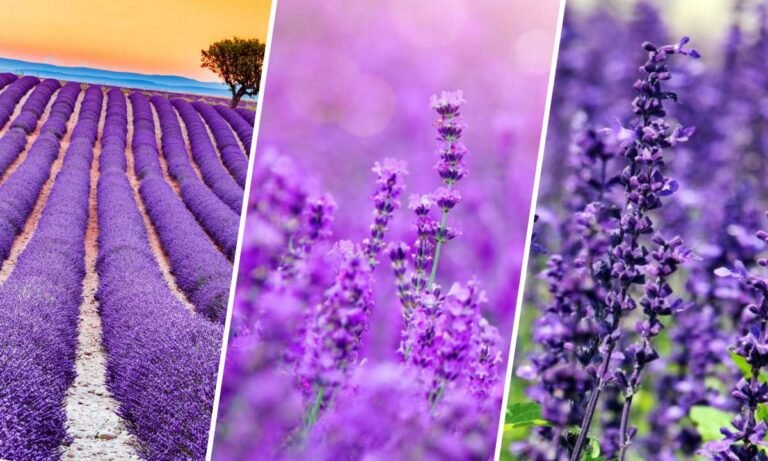The snowdrop flower, with its delicate white petals and early bloom, symbolizes hope and renewal. It’s one of the first flowers to appear in late winter and early spring, often peeking through the snow, signaling resilience and the promise of warmer days ahead. In this article, we’ll explore the rich meanings, historical significance, and fascinating symbolism of the snowdrop flower.
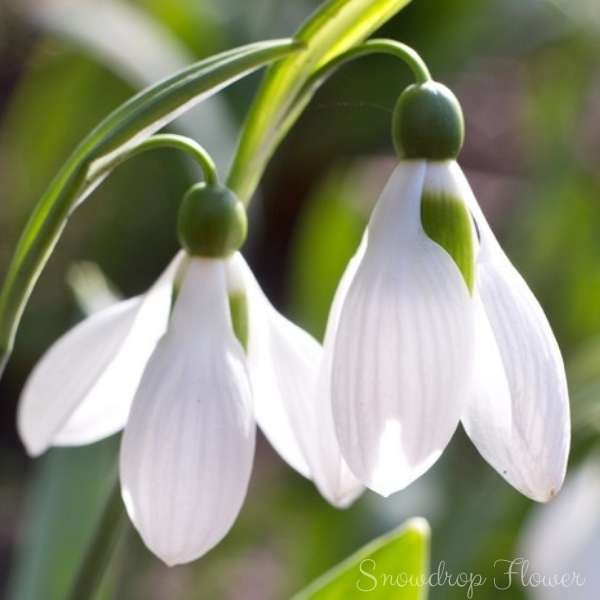
Origins and Etymology of the Snowdrop
The name “snowdrop” comes from the German word “Schneetropfen,” meaning “snow drop.” This name reflects the flower’s habit of blooming in the snow, marking the end of winter. Its botanical name, Galanthus nivalis, translates to “milk flower of the snow,” highlighting its pure white appearance and tendency to bloom in cold, snowy conditions.
Symbolic Meanings of the Snowdrop Flower
Hope and Renewal
Snowdrops are often associated with hope and renewal. Their ability to bloom in late winter’s harsh conditions symbolizes resilience and the promise of new beginnings. This symbolism is frequently used in literature and art to signify optimism and the arrival of spring.
Purity and Innocence
Snowdrops also represent purity and innocence. Their pristine white petals and simple appearance embody these virtues. In many cultures, snowdrops are linked to the Virgin Mary and often appear in religious artwork to symbolize purity.
Consolation and Sympathy
In the language of flowers, snowdrops can symbolize consolation and sympathy. Their early bloom and gentle demeanor make them a fitting tribute during times of mourning, offering comfort and a reminder of life’s cyclical nature.
Historical Significance of the Snowdrop
Ancient Civilizations
Snowdrops have been revered since ancient times. In Greek mythology, they were associated with Persephone, the goddess allowed to return to the earth each spring, bringing snowdrops with her as a sign of her return and the earth’s renewal.
Medieval Europe
During the Middle Ages, snowdrops were used in medicinal remedies and believed to have healing properties. They were often planted in monastery gardens and used to treat ailments like headaches and melancholy.
Modern Usage
Today, snowdrops remain popular in gardens and floral arrangements. Their delicate beauty and deep-rooted symbolism make them a favorite for conveying messages of hope, purity, and sympathy.
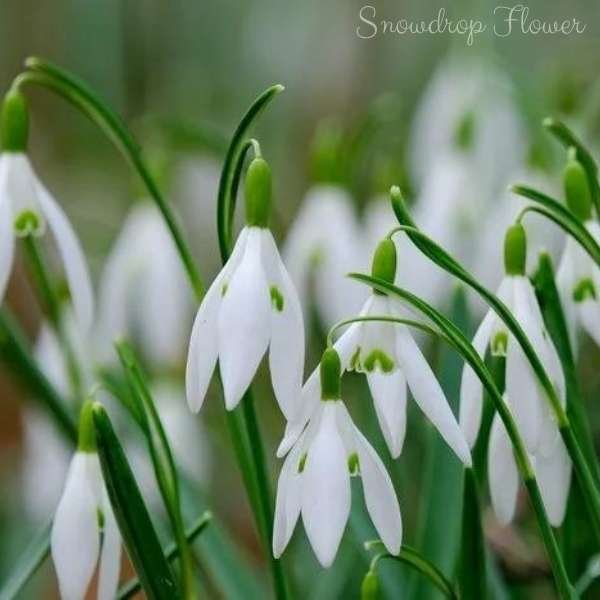
Different Varieties of Snowdrops and Their Meanings
Galanthus nivalis
The common snowdrop, Galanthus nivalis, is the most recognized variety, symbolizing hope and the arrival of spring. Its small, white, nodding flowers are a welcome sight in late winter.
Galanthus elwesii
The giant snowdrop, Galanthus elwesii, is known for its larger flowers and broad leaves, representing resilience and strength, blooming even in the coldest conditions.
Galanthus plicatus
The pleated snowdrop, Galanthus plicatus, has distinctive, folded leaves and larger flowers, symbolizing purity and innocence, often used in religious ceremonies and artwork.
Snowdrop Flower in Art and Literature
Snowdrops have appeared in various works of art and literature throughout history. In poetry, they often symbolize hope and renewal. Alfred Lord Tennyson’s poem “The Snowdrop” celebrates the flower’s role in ending winter and heralding spring. In visual art, snowdrops are frequently depicted in pastoral scenes and still life paintings, symbolizing natural beauty.
Cultural Significance of the Snowdrop
Western Cultures
In Western cultures, snowdrops are associated with springtime celebrations and religious observances. They are popular in gardens and floral arrangements, symbolizing new beginnings and the promise of warmer days.
Eastern Cultures
In Eastern cultures, the snowdrop’s symbolism can vary. In some traditions, it represents patience and perseverance. The flower’s ability to thrive in harsh conditions is admired, and it’s often included in gardens and floral arrangements for its beauty and resilience.
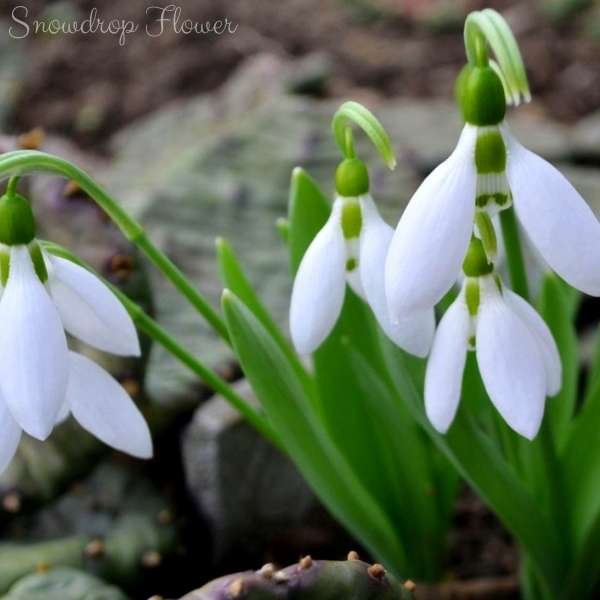
How to Grow and Care for Snowdrops
Planting Snowdrops
Snowdrops are relatively easy to grow and care for, making them a popular choice for gardeners. They thrive in well-drained soil and prefer partial shade. Plant snowdrop bulbs in early fall, ensuring they have enough space to spread and grow.
Caring for Snowdrops
Water snowdrops regularly, especially during dry periods, but avoid overwatering, as this can lead to bulb rot. Allow the foliage to die back naturally after blooming to help the bulbs store energy for the next growing season. Snowdrops are generally hardy and resistant to pests, but keep an eye out for common garden pests like slugs and snails.
Conclusion
The snowdrop flower symbolizes hope, renewal, and purity. Its rich history, diverse meanings, and enduring appeal make it a beloved flower in gardens and floral arrangements worldwide. Whether you are a gardener, a flower enthusiast, or someone who appreciates nature’s beauty, the snowdrop is a timeless symbol that continues to inspire and delight.

